
Jacques Cousteau and the Sea of Cortez: The World’s Aquarium
Few names are as closely linked to ocean exploration as Jacques Cousteau — the legendary French marine explorer, filmmaker, and conservationist who opened the world’s eyes to the wonders beneath the waves. Among the many places he explored, one destination held a particularly special place in his heart: the Sea of Cortez, often called “the world’s aquarium.”
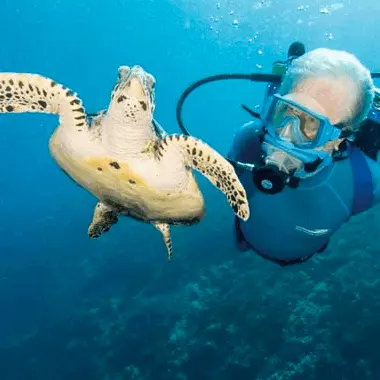
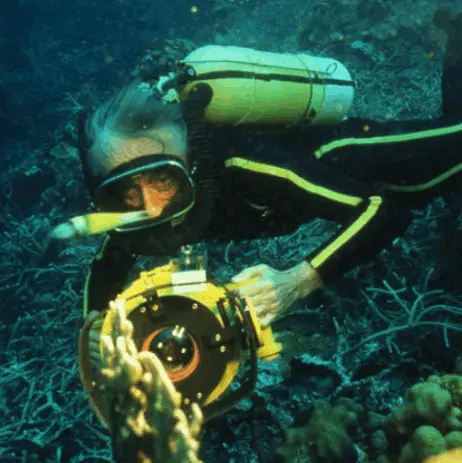
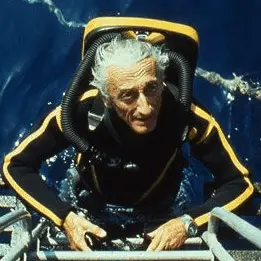
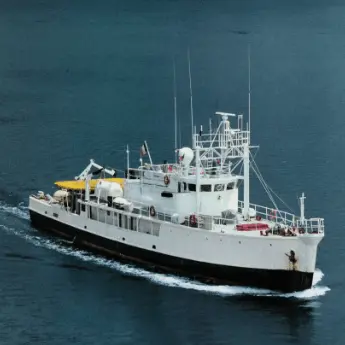
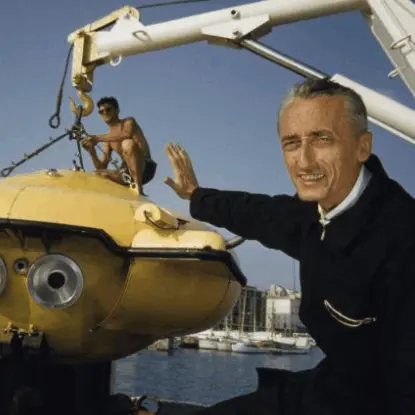
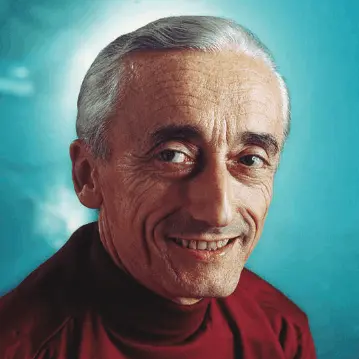

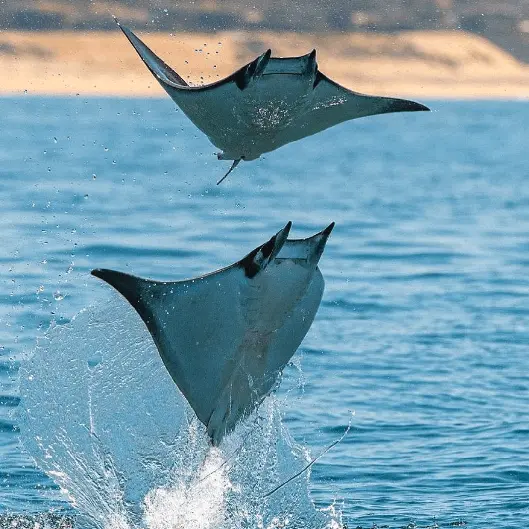
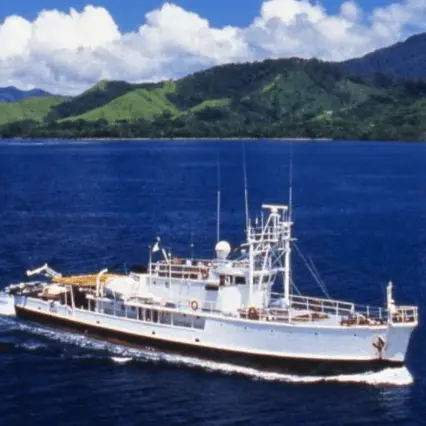
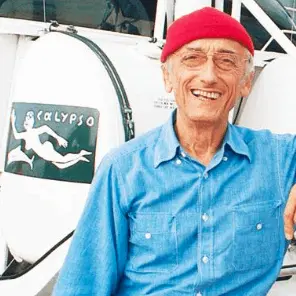
Follow Us